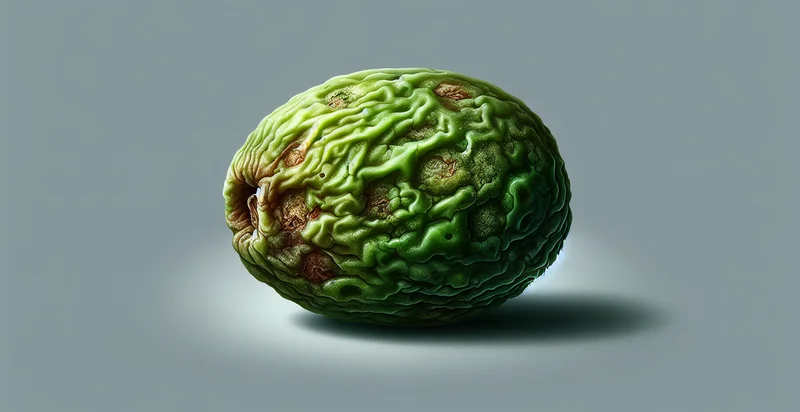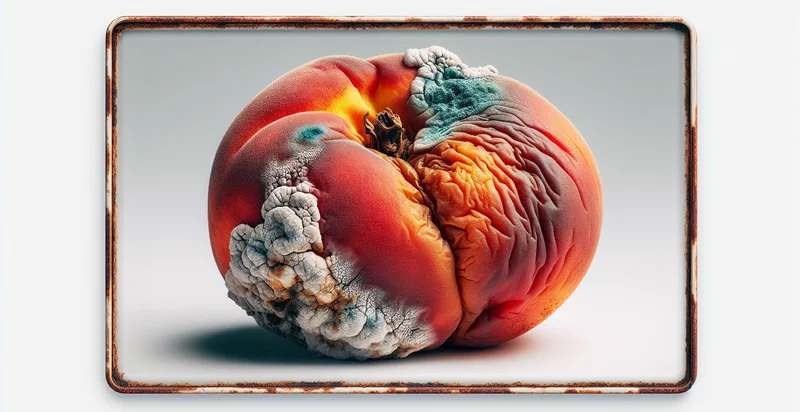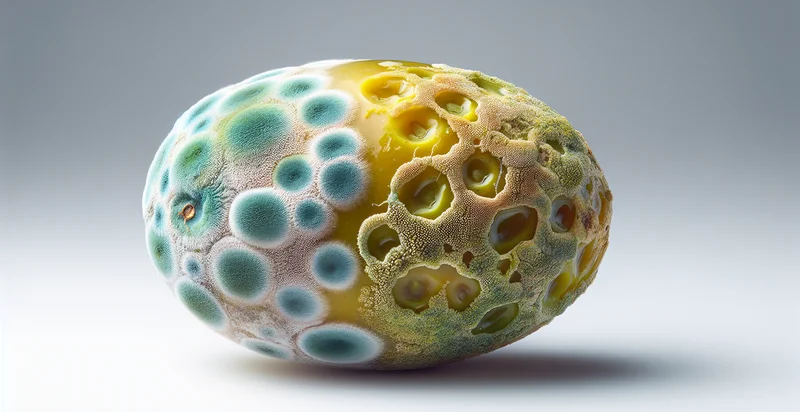Identify if olive is rotten
using AI
Below is a free classifier to identify if olive is rotten. Just upload your image, and our AI will predict if the olive is rotten - in just seconds.

Contact us for API access
Or, use Nyckel to build highly-accurate custom classifiers in just minutes. No PhD required.
Get started
import nyckel
credentials = nyckel.Credentials("YOUR_CLIENT_ID", "YOUR_CLIENT_SECRET")
nyckel.invoke("if-olive-is-rotten", "your_image_url", credentials)
fetch('https://www.nyckel.com/v1/functions/if-olive-is-rotten/invoke', {
method: 'POST',
headers: {
'Authorization': 'Bearer ' + 'YOUR_BEARER_TOKEN',
'Content-Type': 'application/json',
},
body: JSON.stringify(
{"data": "your_image_url"}
)
})
.then(response => response.json())
.then(data => console.log(data));
curl -X POST \
-H "Content-Type: application/json" \
-H "Authorization: Bearer YOUR_BEARER_TOKEN" \
-d '{"data": "your_image_url"}' \
https://www.nyckel.com/v1/functions/if-olive-is-rotten/invoke
How this classifier works
To start, upload your image. Our AI tool will then predict if the olive is rotten.
This pretrained image model uses a Nyckel-created dataset and has 2 labels, including Olive Is Fresh and Olive Is Rotten.
We'll also show a confidence score (the higher the number, the more confident the AI model is around if the olive is rotten).
Whether you're just curious or building if olive is rotten detection into your application, we hope our classifier proves helpful.
Related Classifiers
Need to identify if olive is rotten at scale?
Get API or Zapier access to this classifier for free. It's perfect for:
- Quality Control in Food Processing: This use case involves integrating the 'if olive is rotten' identifier in food processing plants to automatically assess the quality of olives during production. By identifying rotten olives in real time, companies can reduce waste, ensure product quality, and maintain higher safety standards in their food offerings.
- Inventory Management for Retailers: Retailers can use this function to monitor the condition of olives in their inventory. By identifying rotten olives, they can promptly discard them, optimize stock turnover, minimize losses, and maintain a fresh product selection for customers.
- Olive Farm Management: Olive producers can employ this classification function to regularly inspect the health of their crops. By utilizing the identifier during harvest or pre-harvest assessments, farmers can make informed decisions on pest control and harvesting timing based on the presence of rotting olives.
- Supply Chain Optimization: This technology can be implemented in the supply chain to track olives from farms to stores. By using the identifier at various points in the supply chain, stakeholders can ensure that only healthy olives progress to the next stage, improving overall efficiency and reducing spoilage.
- Consumer Apps for Food Safety: Developers can create mobile applications that allow consumers to scan olives before purchase using this identifier. This tool can enhance food safety for consumers by informing them about the freshness of the olives, helping them make better purchasing decisions.
- Restaurant Quality Assurance: Restaurants can use the rotten olive identifier when receiving deliveries and storing inventory. This usage helps maintain high culinary standards by ensuring that only the best-quality ingredients are utilized in their dishes and reducing the risk of serving spoiled food to patrons.
- Research and Development in Agriculture: Agricultural researchers can apply this function in controlled experiments to analyze the impacts of various conditions on olive spoilage. The data collected can lead to discoveries that improve cultivation practices and enhance the shelf life of olives.


